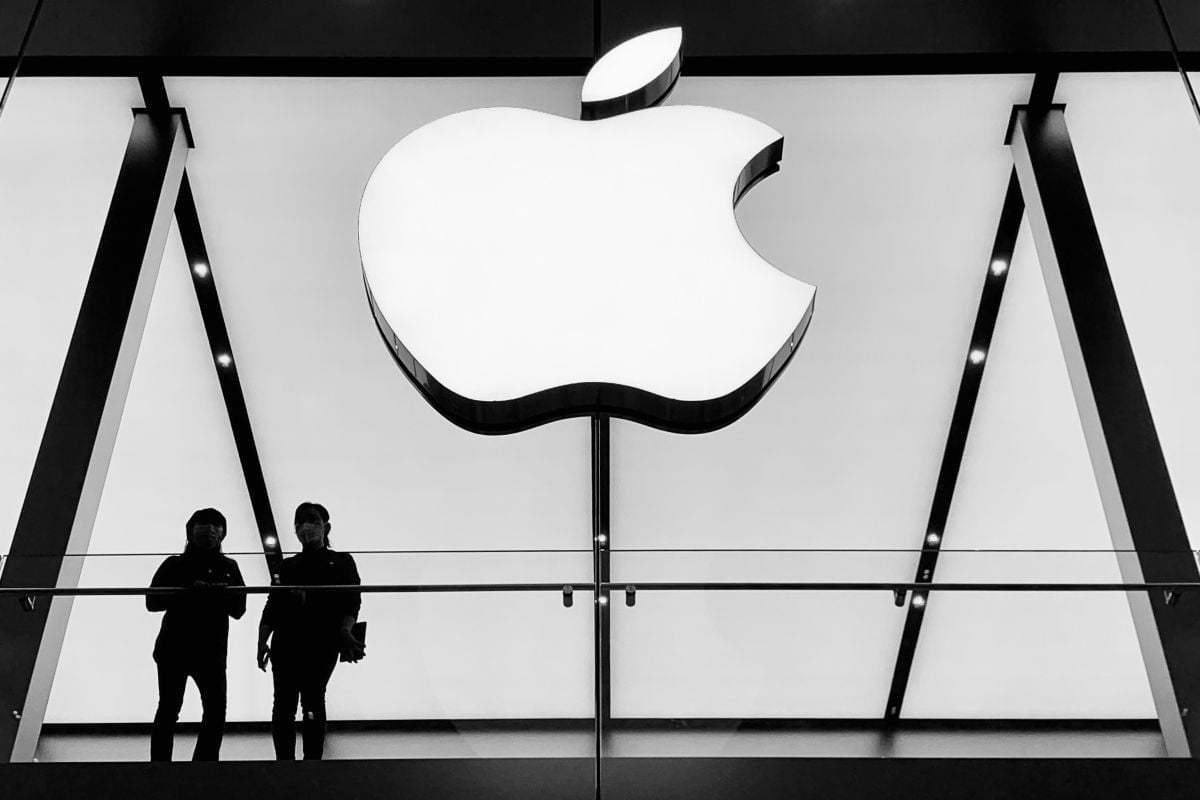A regulation mandating a standard charging wire including all cellphones and mobile gadgets was approved by the European Parliament on Tuesday, forcing companies like Apple to give up their distinctive chargers. Even before the EU ratified the new rule, there had been reports that Apple was considering USB-C for the iPhone.
It Will Take Till the End of 2024 To Standardise USB-C
This issue was the focus of serious discussion in EU committees for some time, and the European Commission declared its plans in 2021. In accordance with the EU rule, electrical manufacturers who market their goods in the EU must have a USB-C port. All new mobile phones, tablets, digital cameras, headphones, headsets, handheld game consoles, portable speakers, e-readers, keyboards, mice, portable navigation systems, earbuds, and laptops that are rechargeable via a wired cable and operating with a power delivery of up to 100 Watts must be equipped with a USB Type-C port. This requirement applies to all of these devices, irrespective of their manufacturer. Customers will be able to charge their smartphones at the same pace for any suitable charger because all phones that enable fast charging will now provide the same charging speed. A rule was created by EU legislators to exempt certain gadgets that might be too small for a USB-C port. This covers wearables, fitness bands, and other compact products; nonetheless, the law provides space for future enforcement. Moreover, the EU wants to make sure that wireless charging options are compatible as technology advances. The guideline gives the European Commission the authority to create devolved acts by the end of 2024 that require businesses to make their unique wireless charging solutions more open and compliant with system integration. This will help consumers avoid becoming stuck in patented technology charging solutions, prevent separation, and cut down on waste. Given that it is built on the Qi wireless charging standard, it is unclear if this would also apply to Apple’s MagSafe charging system for the iPhone and AirPods. Early versions of the iPod were fitted by Apple with FireWire, a down-on-top interface that was, in the period, a common feature on modern Macs. The peak speed of FireWire was a blistering 400 Mbps. Due to Sony and Panasonic’s support of the protocol and inclusion on a few of their devices, FireWire found applications in commercial and prosumer digital video editing circles. When Apple revealed the iPhone 5 and other portable devices in September 2012 as part of its product emergence, the Lightning port was first introduced. Since then, Apple has added a Lightning port to every iPhone, including the new iPhone 14 unveiled last month. However, Apple has progressively stopped incorporating a Lightning connection on other mobile products in recent years. For instance, the only holdover in that line with Lightning support is the 9th-generation iPad. Apple’s iPad Pro, iPad Air, and iPad mini now have USB-C connectivity.
